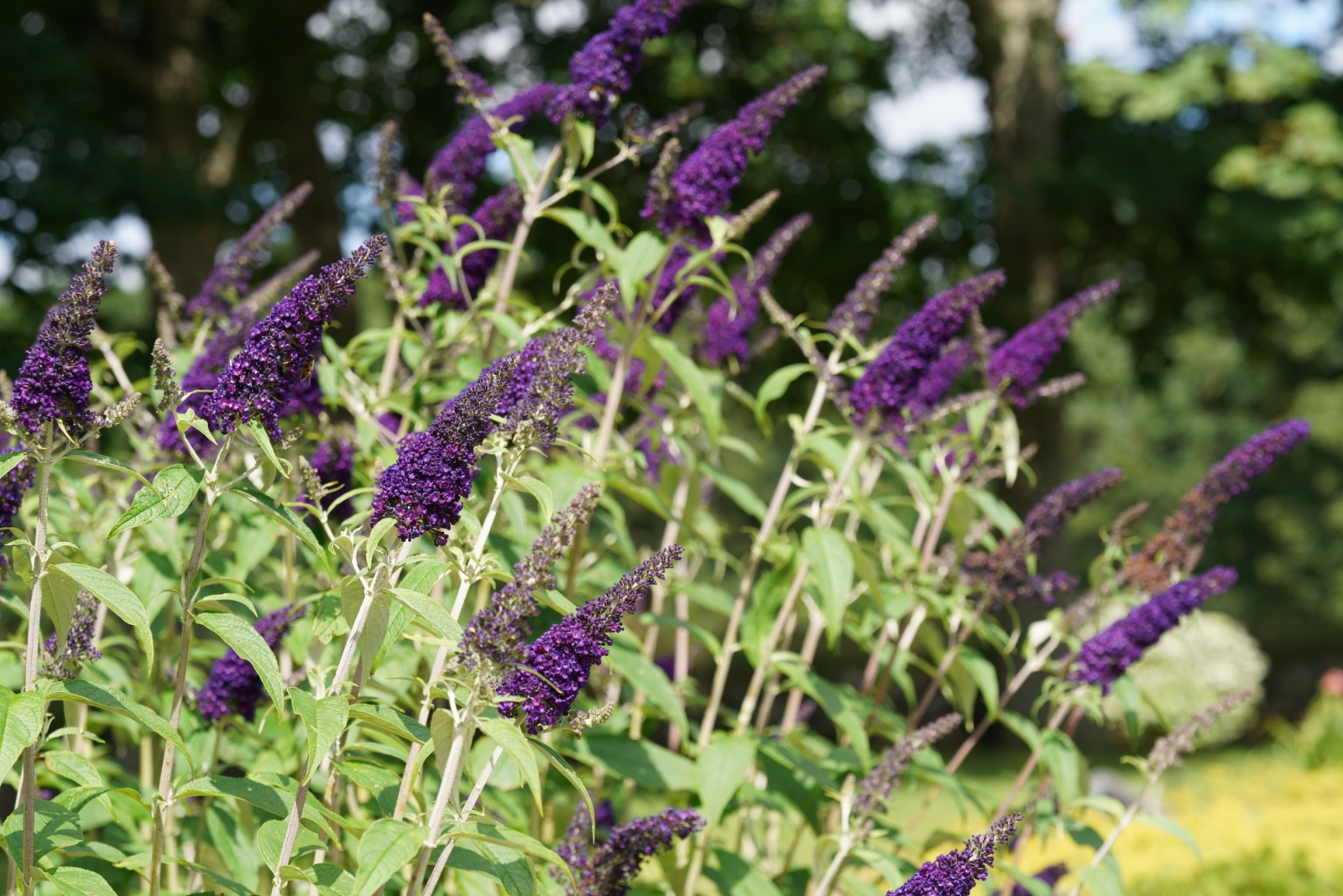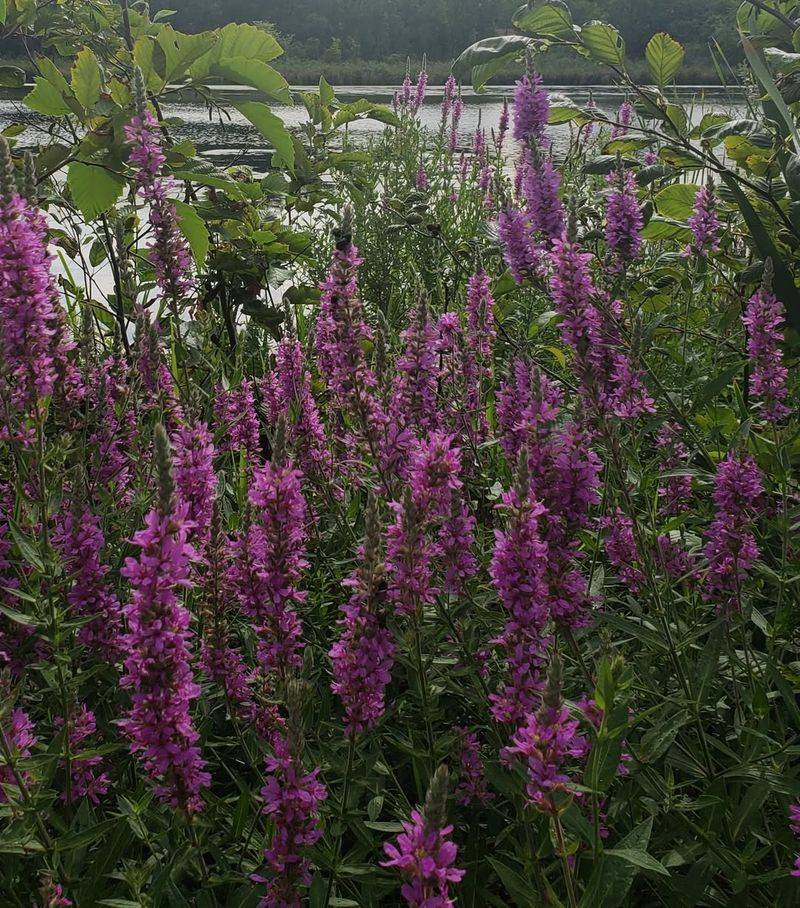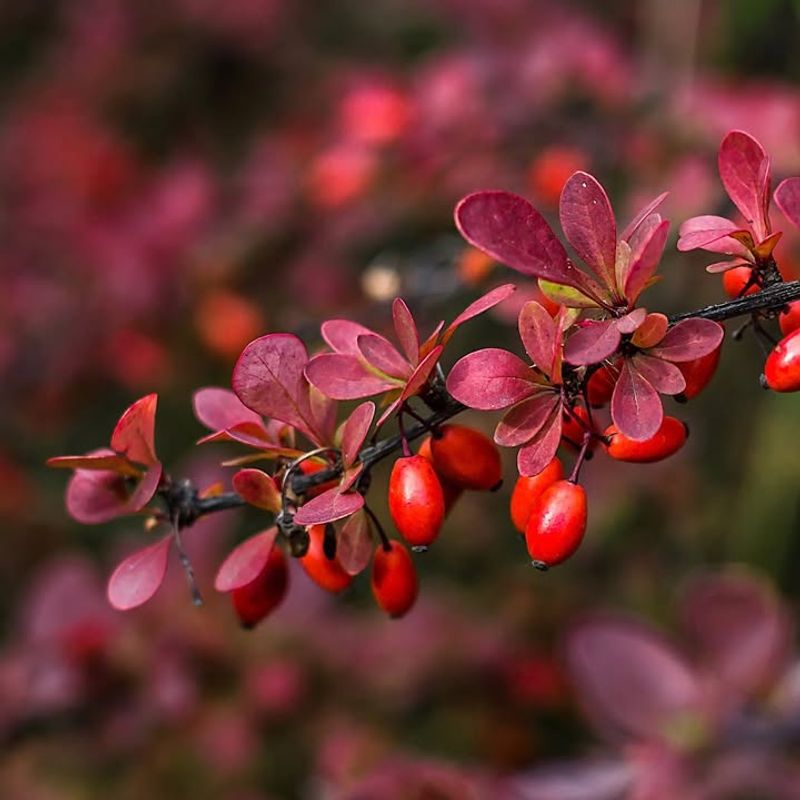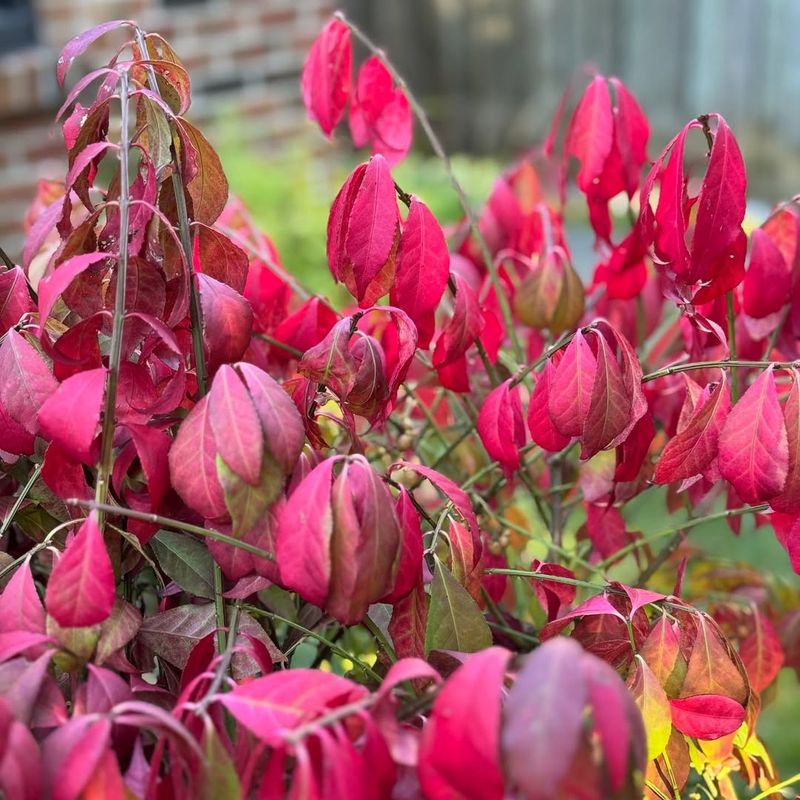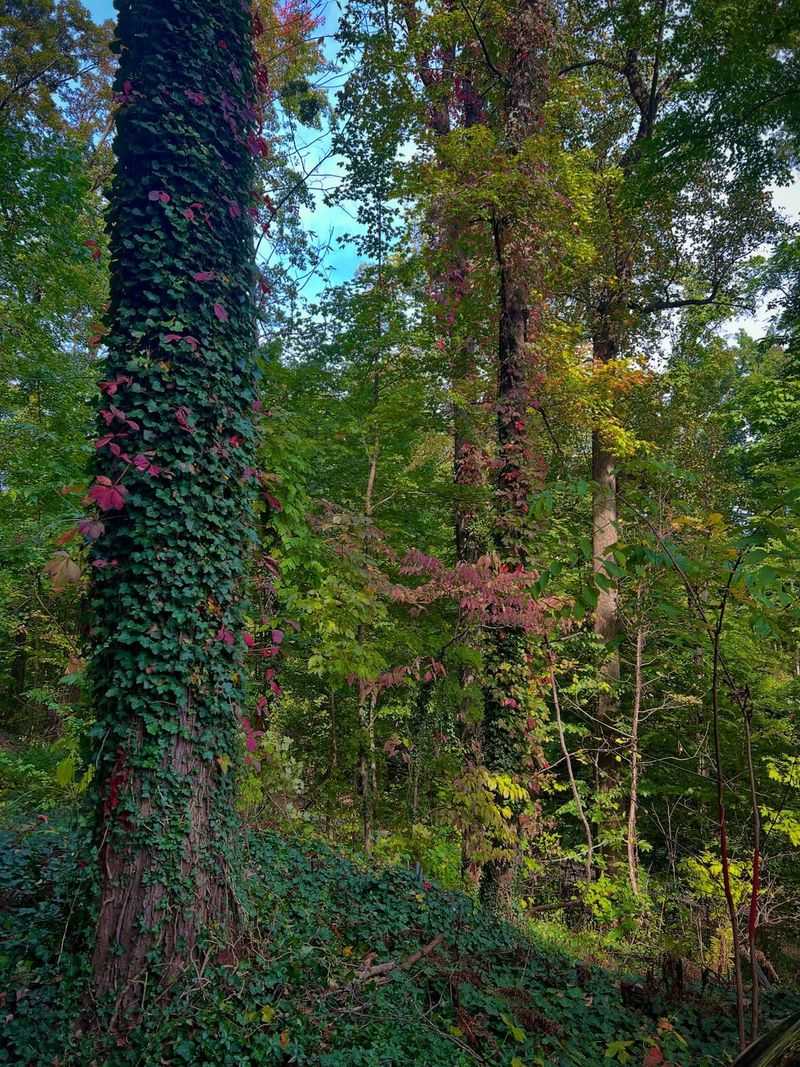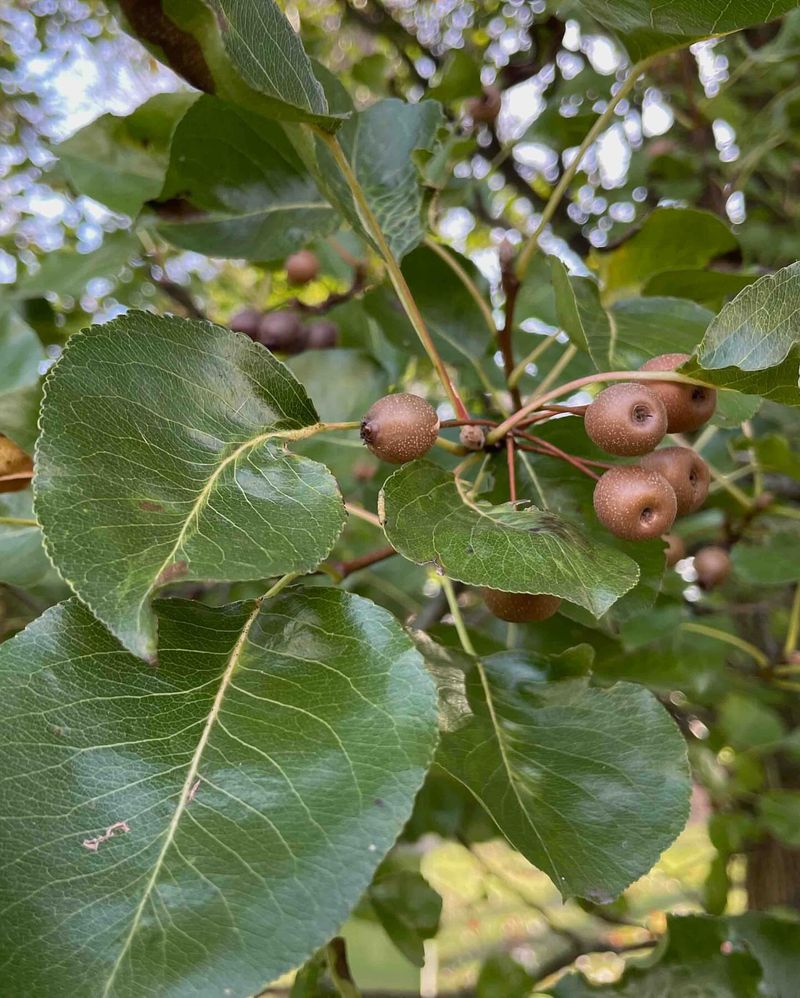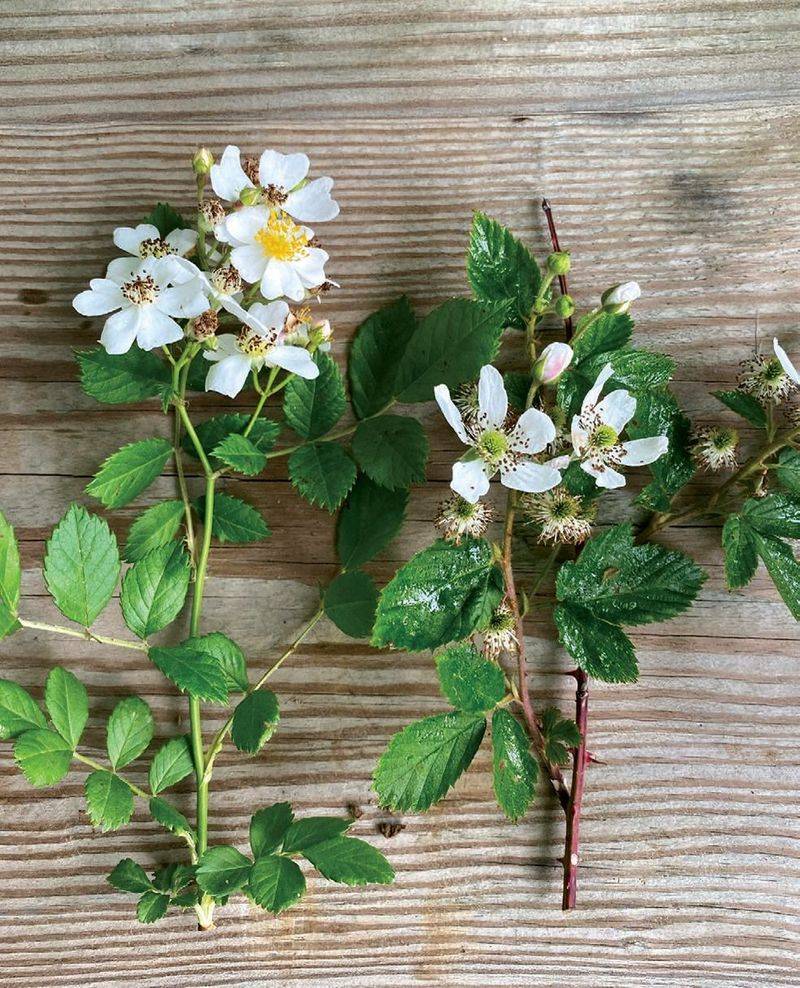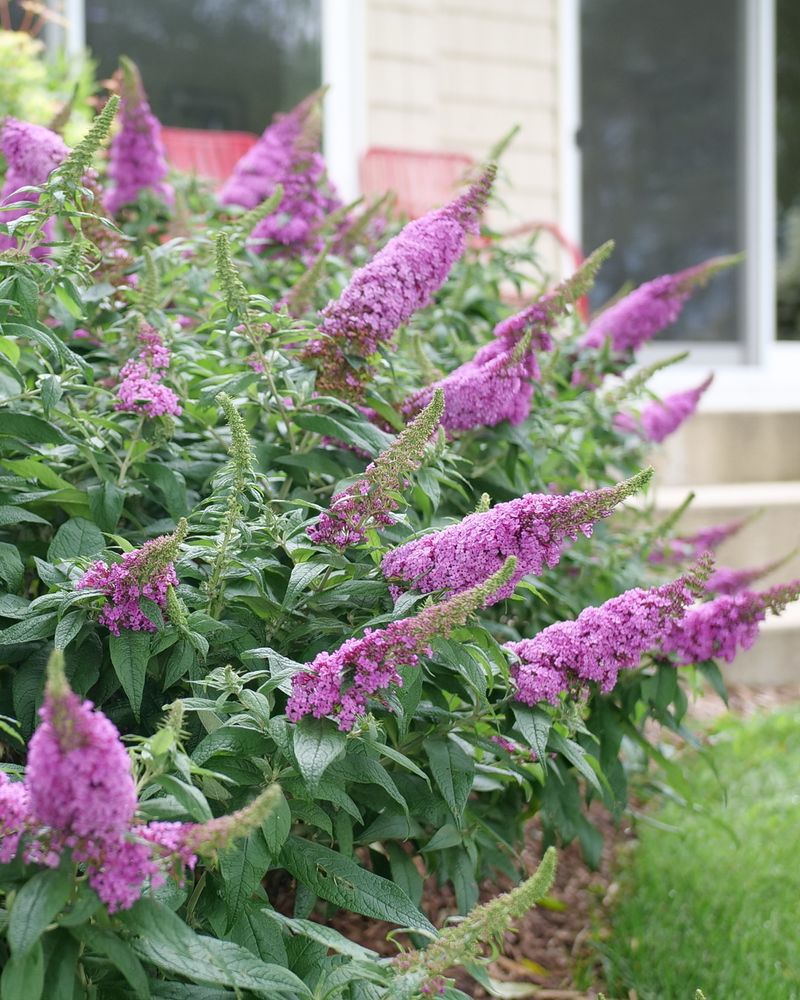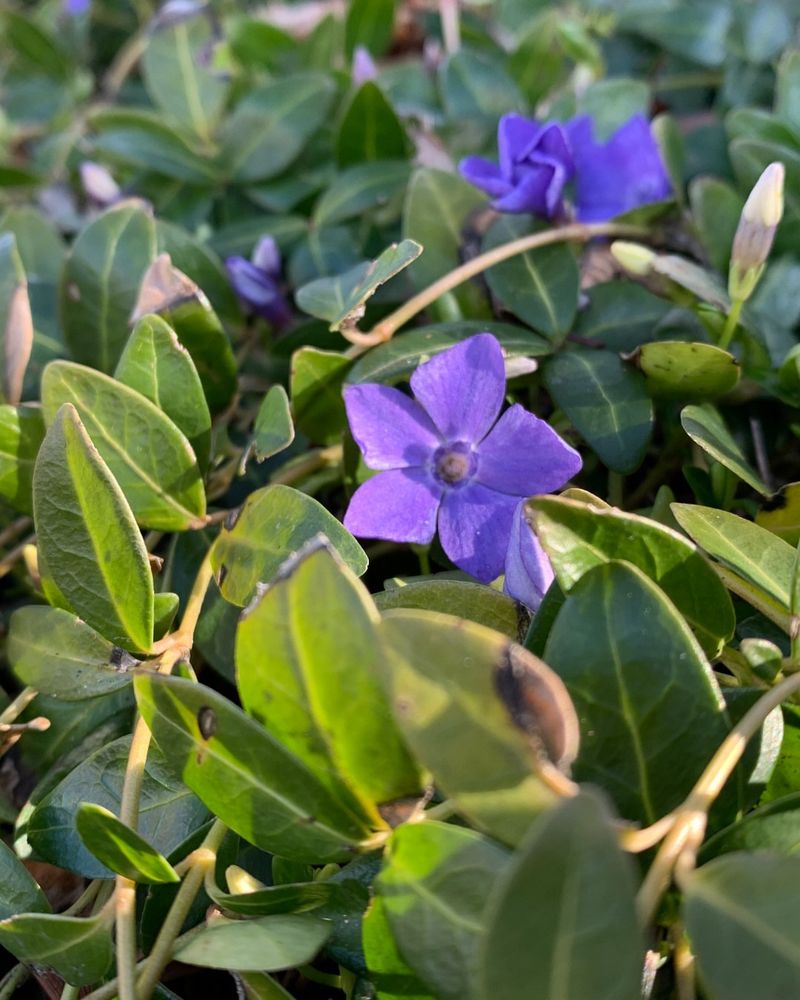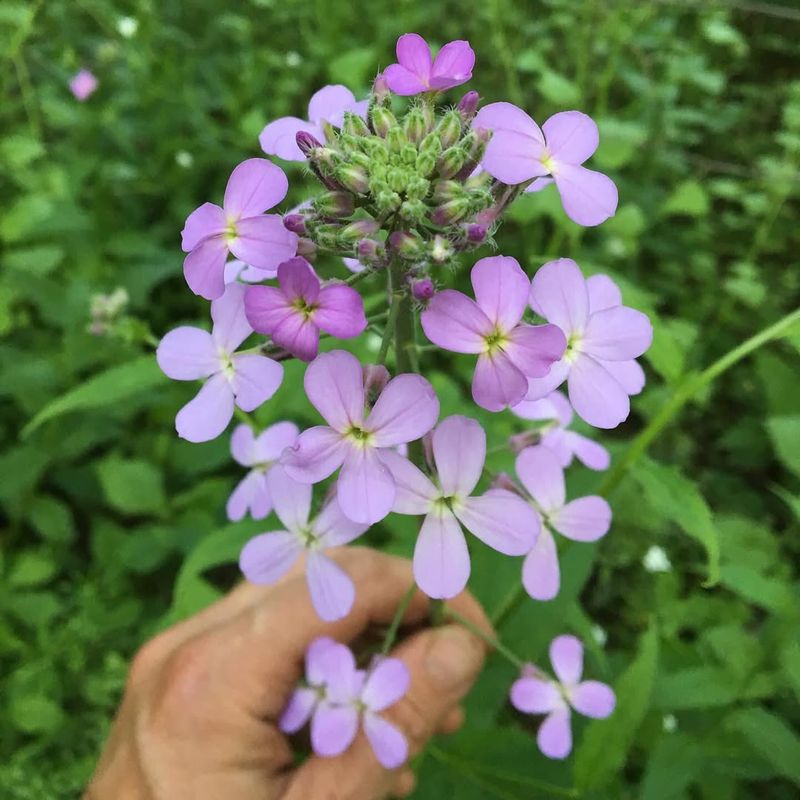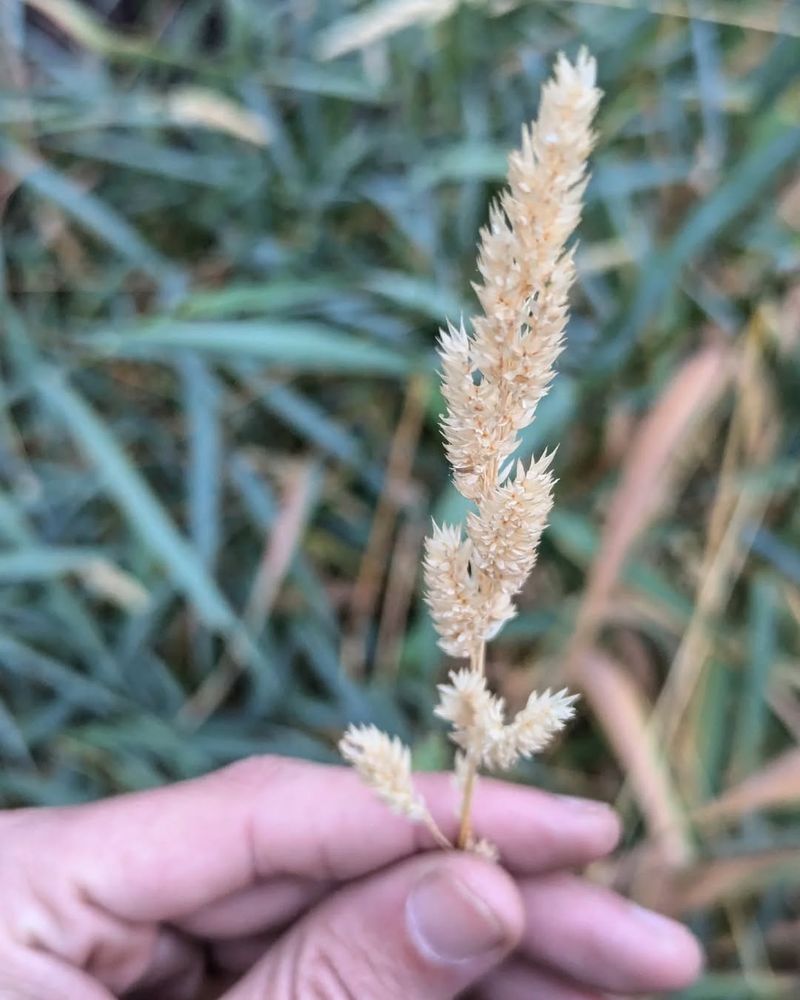Kansas gardeners might need to rethink their plant choices soon. Several popular garden plants are facing potential bans due to their invasive nature and environmental impact.
State officials are considering new regulations that could make it illegal to grow certain species that have become too aggressive in local ecosystems.
1. Purple Loosestrife
With its stunning magenta blooms, purple loosestrife looks beautiful along waterways but hides a darker side. Originally brought from Europe as an ornamental plant, it now chokes out native wetland vegetation across Kansas.
A single plant produces millions of seeds annually, spreading rapidly through marshes and streams. Wildlife loses critical habitat as this aggressive invader takes over. Kansas officials worry about the ecological damage it causes to precious water ecosystems throughout the state.
2. Japanese Barberry
Landscapers love this thorny shrub for its colorful foliage and low maintenance needs. However, Japanese barberry creates perfect hiding spots for deer ticks that carry Lyme disease.
Research shows areas with this plant have significantly higher tick populations. The dense growth crowds out native understory plants that forest creatures depend on for food and shelter. State botanists are pushing for restrictions because it escapes gardens easily and invades natural woodlands across Kansas.
3. Burning Bush
Fall transforms this popular landscaping shrub into a fiery spectacle of crimson leaves that gardeners adore. Birds eat the berries and spread seeds far beyond your yard into wild areas.
Native prairies and forests suffer as burning bush outcompetes local plants for sunlight and nutrients. Young seedlings pop up everywhere, forming thick colonies that wildlife cannot use for food. Environmental groups have been requesting Kansas lawmakers to ban its sale and planting for several years now.
4. English Ivy
Homeowners plant this evergreen vine to create lush ground cover or romantic climbing greenery on walls. Once established, English ivy becomes nearly impossible to control as it spreads aggressively.
Trees suffer when ivy climbs their trunks, blocking sunlight and adding weight that causes branches to break. The thick mats it forms on the ground prevent native wildflowers from growing. Kansas forestry experts consider it a serious threat to woodland health and tree survival throughout the region.
5. Callery Pear Trees
Did you know? Despite beautiful spring blooms, these trees smell absolutely terrible when flowering. Bradford pears and other Callery varieties line countless Kansas streets and parking lots.
Strong winds easily split their weak branches, creating maintenance headaches for property owners. Seeds germinate readily in pastures and natural areas, forming thorny thickets that cattle and wildlife avoid. Agricultural officials want them banned because they reduce grazing land and diminish property values across rural Kansas communities.
6. Multiflora Rose
Farmers once planted this thorny rose as living fences to contain livestock on their property. What seemed practical decades ago turned into an ecological nightmare for Kansas landowners.
Sharp thorns and impenetrable growth make removal extremely difficult and painful work. Birds spread the seeds widely, creating massive thickets that swallow pastures and forest edges. Native plants disappear under the dense canopy while the thorny barriers make land unusable for recreation or agriculture purposes.
7. Butterfly Bush
Gardeners adore watching butterflies flock to the fragrant purple, pink, or white flower spikes each summer. Unfortunately, butterfly bush acts more like junk food than nutritious sustenance for these pollinators.
While butterflies visit for nectar, the plant provides nothing for their caterpillars to eat. Seeds spread along Kansas waterways, crowding out native plants that truly support the entire butterfly lifecycle. Conservation groups recommend planting native alternatives instead that offer real benefits to local pollinator populations.
8. Periwinkle Vinca
Shady spots under trees become carpets of glossy green leaves dotted with periwinkle-blue flowers. This evergreen ground cover spreads through trailing stems that root wherever they touch soil.
Forest floors lose their native wildflower diversity as vinca forms dense mats nothing can penetrate. The thick coverage prevents tree seedlings from sprouting and eliminates habitat for ground-dwelling creatures. Kansas woodland managers fight constantly to remove it from nature preserves where it threatens rare native plant species.
9. Dame’s Rocket
Many Kansas gardeners mistake this pretty purple or white wildflower for native phlox when spotting it. Dame’s rocket arrived from Europe and now dominates roadsides, ditches, and woodland edges throughout the state.
Each plant produces thousands of seeds that remain viable in soil for years, making eradication challenging. Native wildflowers struggle to compete with its aggressive growth and quick spreading habits. Botanists urge removal before it flowers and sets seed to prevent further expansion into natural areas.
10. Reed Canary Grass
Farmers originally planted this tall grass for erosion control and livestock forage near streams. Reed canary grass proved too successful, forming monocultures that exclude every other plant species from wetland areas.
Its dense root systems change soil chemistry and water flow patterns in marshes. Waterfowl and amphibians lose nesting habitat as this grass dominates Kansas wetlands. Wildlife biologists consider it one of the most damaging invasive plants threatening the state’s aquatic ecosystems and wetland biodiversity.

